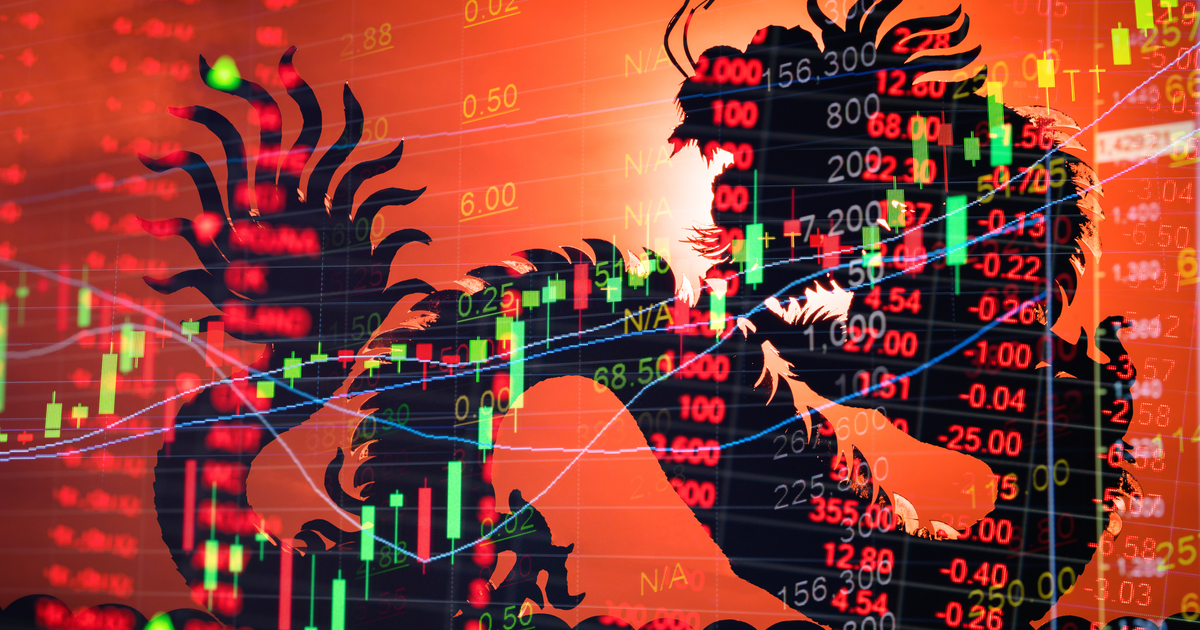Growing split between China and other EMs force investors to rethink EM allocations

The period of transition across global markets and economies combined with a shift from inflation to reflation and higher capital costs in less predictable markets will force investors to find smarter ways to build upon their, still attractive, USD 60/40 stock-bond portfolios by adding greater diversification and increasing allocation to alternatives.
However, as investors are navigating ‘a world in transition’, rebalancing and diversifying their allocation in emerging markets (EMs) will be key to capture opportunities and manage risk, according to the J.P. Morgan Asset Management’s 2024 Long-Term Capital Market Assumptions (LCTMAs) report.
In its outlook, which offers a 10-15-year forecast for risks and returns across different asset classes, the fund manager said that one of the observed trends was the growing separation between China and the broader EM set and while the fundamentals remained more favourable for non-China EMs, Chinese equities were still attractive from a valuation perspective, especially given the firm’s forecast for a gradual RMB appreciation.
“EM retain their growth premium relative to developed market (DM) economies, but this gap has been narrowing steadily. After two years of little change to our long-term growth expectations, we modestly raise our developed market (DM) growth forecast and lower our EM projections,” Kerry Craig, Global Market Strategist, J.P. Morgan Asset Management, said.
“Our DM growth forecast moves up to 1.6% in response to rapid advances in artificial intelligence which provide a boost to productivity. Meanwhile, our EM forecast slips to 3.5% as China’s decades-long expansion continues to slow.”
Apart from a growing role of AI, the other factors contributing to a modest upgrade for DM economies’ growth were revived immigration to the US, which is hoped to provide an additional boost to the local labour market, and higher public investments enabling the energy transition which are expected to drive up European demand.
“The recent uptick in arrivals is occurring alongside evidence that an earlier downtrend in the prime working-age participation is fading. Together, these shifts imply less-binding constraints on the workforce. Our U.S. growth projection rises to reflect this better outlook for employment,” the report says.
On the other hand, higher publicly led investment in Europe, including capital spending to support the energy transition away from carbon-intensive fuels, will likely boost growth in the euro area and help counter drags in the UK.
“We raise our euro area growth projection by 0.2ppt, half of which reflects an upward revision to our expectation for the capital stock, which is set to receive persistent support from public investment, and Europe’s leading role in preparing for the energy transition. The AI effect accounts for the other half of the upgrade,” JPMAM said in the LCTMAs report.
At the same time, the EM downgrade resulting in the narrowing DE-EM gap remains directly linked to China’s unfavourable trends for the local demographics, with working-age population shrinking and much of the growth lift from rural-to-urban migration already priced in.
“Moreover, China’s impressive growth performance over the past 20 years has raised its economy to middle income country status, narrowing the room for continued convergence with DM standards of living. Geopolitical tensions, by inhibiting technology transfer, may complicate the completion of that transition. China nonetheless continues to boast the second-highest growth forecast in our sample, behind only India, which has a younger population and a much lower starting point in per capita GDP” the report concludes.












I have clients who have been told to produce evidence they are with cbus or else they can't work on…
Unionist were appointed to the Reserve Bank Board as some sort of pay off. You missed where the Wayne Swan…
It concerns me that only months ago the Government was considering giving Union based Industry Funds the power to advise…
Can you imagine the corruption that would occur if the Government goes ahead with its plan to allow Industry Super…
Let's pretend that I am a super fund trustee and I want to build an office building on behalf of…